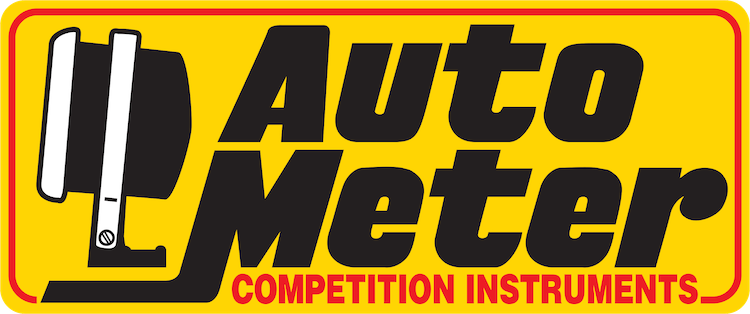Electric solenoid shifters are popular because they are simple and 12 volts are always available. Mounted behind your existing transmission shifter, they are automatically “cocked” when you pull the car into gear. At a pre-determined rpm, a spring forces a ram to hit the shift lever and shift the car. These units draw very little power and are the utmost in reliability. Being simple, their only drawback is that they tend to be slightly longer and bulkier than CO2 shifters.
Many racers prefer CO2 operated shifters because they tend to be smaller and more compact. Oftentimes, a CO2 throttle stop is already being used, so it is easy to tie in a shifter.
Why does Dedenbear sell only CO2 shifters, not “air” shifters?
“Air” systems use compressed air to pressurize an air bottle. When an air compressor fills the bottle, the air gets heated and then cools down in the bottle. As cooling takes place, water from the air and the oil mist from the compressor condense out, which plugs up and corrodes the system.
Even worse is that a large pressure drop occurs in the bottle each time the system is cycled. This greatly affects consistency and requires the driver to constantly recharge the bottle after each pass if he/she wants the same shift pressure.
